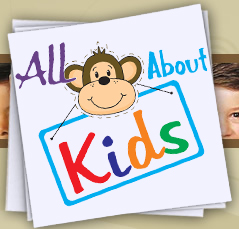
Biting Policy
Explanations, policies and procedures regarding biting
in the child care center.
Children biting other children is one of the most common and most difficult
behaviors in group child
care. It can occur without warning, is difficult to defend against, and
provokes strong emotional responses in the biter, the victim, the parents,
and the caregivers involved.
For many toddlers, the biting stage, is just a passing problem. Toddlers try
it out as a way to get what
they want from another toddler. They are in the process of learning what is
socially acceptable and what is not. They discover that biting is a
sure-fire way to cause the other child to drop what they are holding so the
biter can pick it up. However, they experience the disapproval of the adults
nearby and eventually learn other ways of gaining possession of objects or
expressing difficult feelings.
For other children, biting is a persistent and chronic problem. They may
bite for a variety of reasons:
teething, frustration, boredom, inadequate language skills, stress or change
in the environment, feeling threatened, or to feel a sense of power.
No matter what the cause, biting in a group situation causes strong feelings
in all involved. It does
help, however, to be aware of the potential problem before it happens, and
to form a plan of action if it does occur. The staff of the Center, after
consulting child care experts and manuals, has developed the following plan
of action to be used if and when biting occurs in any of our rooms.
When a child is bitten:
For the biter:
1. The biter is immediately removed with no emotion, using words such as
“biting is not okay - it
hurts.” Avoid any immediate response that reinforces the biting or calls
attention to the biter.
The caring attention is focused on the victim.
2. The biter is not allowed to return to the play and is talked to on a
level that the child can
understand. “I can see that you want that truck, but I can’t let you hurt
him. We don’t put our
teeth on people.”
3. Redirect the child to other play.
4. Write an accident report and notify the parents of the biter.
For the victim:
1. Separate the victim from the biter.
2. Comfort the child.
3. Administer first aid.
4. Write an accident report and notify parents of the victim (in writing).
|
|
|
We believe in developing the whole child by meeting
their social, emotional, physical, and intellectual needs so that they can
learn and grow every day. However, children develop differently at different
ages, which is why we offer early education programs designed for certain
age groups.
Click on the link above to see how much fun we have
learning at All About Kids.
|









 PINTEREST
PINTEREST







